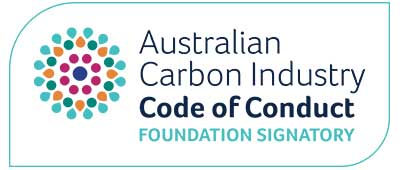ERF state of play
As we approach auction no 3, things are starting to settle down. We’ve had 2 auctions with similar prices and volumes, the schedules are getting regular and the auction rules are not changing any more (some very minor changes only).
On the other hand, the ERF budget is 50% blown and a review is due in 2017. It’s also an election year and the major parties have wildly different climate policies. The calm before the next storm?
In the last update on the ERF auction no 2, I offered 3 questions I would be thinking about.
How much abatement has actually been delivered?
How low can we go?
What happens to the projects which don’t have contracts?
Some answers are starting to come through!

No of ERF contracts and abatement delivered as at the end of 2015. Source: Clean Energy Regulator
he Regulator has published a breakdown of abatement delivered. While 93m tonnes has been contracted, to date, 4.5m tonnes has been delivered, including 2.3m tonnes in the December quarter. It’s good we have some transparency about how these contracts are going.
We don’t know how low we can go but we do know auction no 3 is scheduled for 27-28 April 2016. And we know there are about 270 projects at the starting gates, including the projects that missed out at auction no 2. It is sounding pretty familiar.

Map showing the extent of fire scars by month in Cape York in 2015. Some properties were hit harder by late fires than others. Source: NAFI
Another question I am thinking about is how flexible the Regulator will be with delivery schedules. As usual, the satellite data suggests varying results for savanna projects in 2015, some of which are unlikely to be able to directly fill their ERF contract quota. It may be that shortfalls are covered ‘internally’ as many contracting parties have multiple projects. For example, Corporate Carbon is the contracting party on multiple indigenous savanna burning and other projects. More broadly, we might see the secondary market kick into gear.























